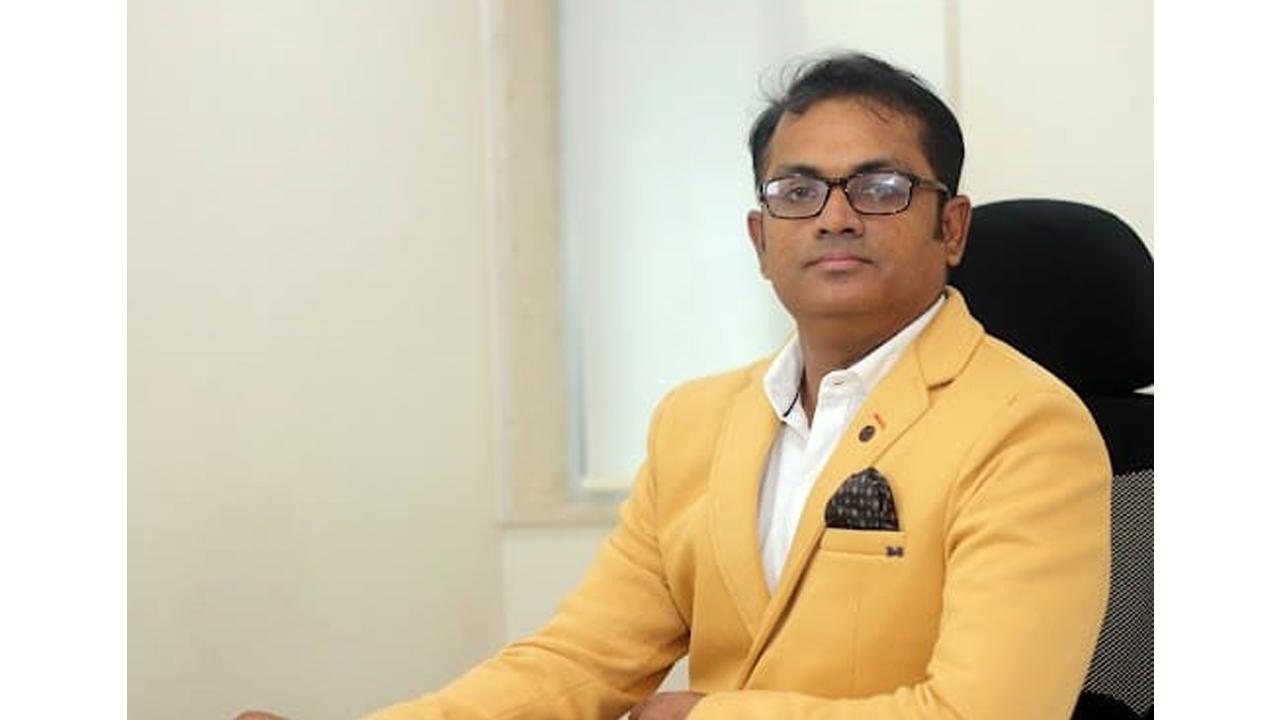Robotics surgery in the field of orthopaedic has gained subsequent attention in the past few years

Dr Vividh Makwana (Orthopaedic Surgeon)
Joint replacement industry has always witnessed topics which led to division of houses. Surprisingly, all the parties were able to find some backing in clinically published results, and thus no one was really correct or wrong for their stance. One such topic in this industry is robotics surgeries. Robotics surgery in the field of the orthopaedic has gained a subsequent attention in past few years. The question is “is robotics worth the hype that it has created in the market?” Many of my fellow practitioners will agree that with introduction of robotics in the field of orthopaedics, joint replacement surgeries have become more safe and precise procedure.
ADVERTISEMENT
Let us understand what is a robotic surgery first.
The term robot is derived from Polish word ‘robota’ which is used to describe machine that carries out multiple tasks automatically or with a minimum of external impulse, especially one that is programmable.
There are basically two types of robotic surgeries namely; autonomous and haptic (tactile) system. Haptic system allows the surgeon to drive, or use the robot to perform operation. Constant input of the surgeon is mandatory for efficient functioning of the system.
In autonomous system, the surgeon performs the approach, sets up the machine and then engages the robot to complete the surgery without the surgeons help.
Some advantages of Robotic Surgery include:-
- Ability to perform MIS
- Improved accuracy of implant placement
- Improved radiological alignment of extremities
The haptic system uses preoperative CT scans to generate 3D computer model of the knee which is used in preoperative planning, bony surfaces of femur and tibia are marked to get a preoperative model of the knee.
The knee is then taken through a full range of motion, the flexion-extension gaps assessed, component size and implant placement is finalized and a cutting zone is created for the robot.
The system’s algorithm is completely based on the preoperative planning and templating.
While manipulating the burr, for resection of bone, the surgeon can view the 3D model on the monitor. Resection of bone is confined to the predefined cutting space on the forced controlled tip of the rotating burr
In any case if the surgeon goes beyond the cutting zone, the safety system automatically stops the burr.
Autonomous robotic system completes the surgery without the assistance of a surgeon. Though the robot operates independently, the surgeon is in control of an emergency shut-off switch.
If we go 20 years back from now we saw an era of Computer Assisted Navigation which revolutionarised the orthopedic sector.
Computer-assisted navigation(CAN) is described as the use of computer-enabled tracking systems to facilitate alignment in a variety of surgical procedures, including fixation of fractures, ligament reconstruction, osteotomy, tumor resection, preparation of the bone for joint arthroplasty (knee and hip), and verification of intended implant placement.
The navigation systems have several cameras to track surgical instrumentation, boney geometry and alignment.
The cameras communicate with instruments and boney landmarks through light-emitting diodes (LEDs). The surgeon always has the option to override the information given by the computer.
In this procedure, the surgeon is not limited to “predefined cutting zones”, as in robotic surgery.
In 2020 surgeons unamiously believe that ‘each knee is unique and should be treated in an individualized or personalized manner’ Robotics and computer assisted surgeries have given the surgeons a wide variety of choices on table to suit their patients individual requirements .In the end however; the most important factor in adoption of Robotics surgery or Computer assisted navigation will be the ease of use for surgeons and OR staff.
Dr Vividh Makwana, an eminent orthopaedic surgeon in western Mumbai is a firm believer in providing a customized method of treatment and surgery options for his patients.
Contact Details:
Dr Vividh Makwana
(Orthopaedic Surgeon)
Call : 9100300800 / 9100700500
 Subscribe today by clicking the link and stay updated with the latest news!" Click here!
Subscribe today by clicking the link and stay updated with the latest news!" Click here!







